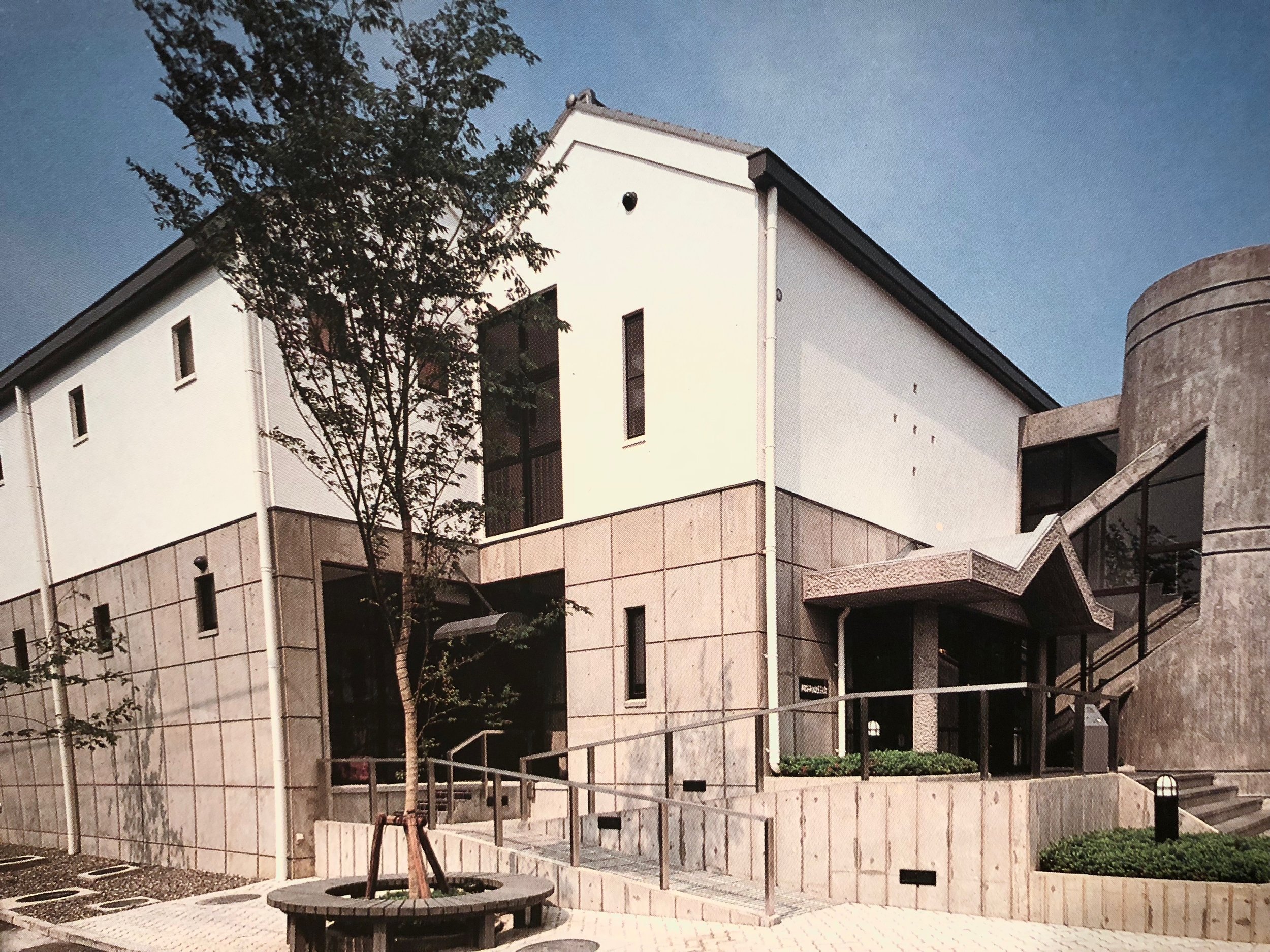After traveling 13 hours by plane, 3 hours by bus, 1 hour by train, and 30 minutes by car, I arrived to the rural countryside of Yoshinogawa, Japan. Traditional Japanese homes and farmlands are expansive, constructed side-by-side. Iconic Mt. Kotsu breaks the horizon line and vibrant persimmon trees color the land. Nestled in a seemingly small, yet vast town is Awagami Factory, internationally-renowned papermaking company.
“There is no foreign land; it is the traveller only that is foreign.”
— Robert Louis Stevenson

The factory is 8 generations old and still family owned, having created traditional Japanese washi paper for 300 years. Working alongside “national treasure” Mr. Fujimori and his elite staff, select artists gain one-on-one training in traditional Japanese papermaking techniques and indigo dyeing.

I am joined by three artists: Valerie Hammond (USA); Pascale Sophie Kaparis (France); Naomi Kazama (Japan). We begin our residency with meetings, presentations, and facility tours, often accompanied by a translator to exchange words. Overcoming jet lag, we giggle in awe of this new experience. With no time to waste, we outline our material needs, project timeline, and exhibition plans.
Each artist is designated a spacious work station to begin creative work, promptly. We meet with the Mayor of Yoshinogawa, journalists, photographers, Awagami board members, and locals of the Tokushima Prefecture. Cultural exchange is a priority at this residency — we bow to one another, exchanging gifts and gratitude. Both Awagami staff and artists are excited to bridge Japanese traditions with contemporary art to produce unexpected, innovative results!
